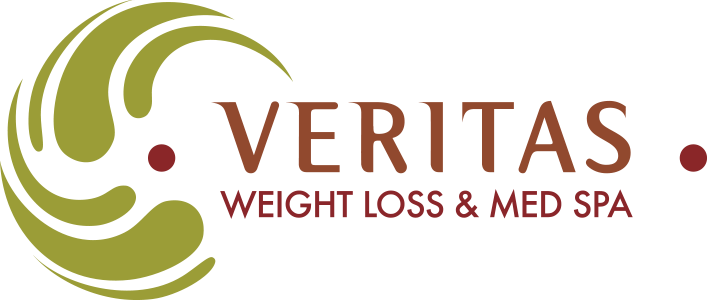What is a PRP Facial?
For this procedure, one of our experienced physicians will take a sample of your blood and filter out the red blood cells to isolate the platelet-rich plasma, which is then injected back into the face. Because it deals with your blood, the PRP facial is often called a vampire facial.
How does PRP help rejuvenate the skin?
Platelet-rich plasma (PRP) is an extract of your blood that contains three to five times more platelets. Platelets are active proteins aiding injury healing, tissue growth and repair, and other regenerative processes. Adding these growth factors back into your skin will stimulate collagen production and cell repair. By targeting the skin at a cellular level, PRP can improve the appearance of your skin by smoothing wrinkles, fine lines, and scars and softening its overall tone and texture.
Frequently Asked Questions
We respect your time, so we keep the procedure short and simple. The procedure begins with one of our experienced doctors taking your blood sample. After that, we put your sample in an extractor, which takes approximately 15 minutes to separate your blood into its different components, including the PRP.
While we wait for the sample to separate, we apply numbing creams to the treatment area, which may be your cheeks, eye region, neck, or forehead.
After collecting the separated platelets, we use micro-needling to inject small quantities of the PRP into the topically anesthetized treatment area. The amount needed depends on the thickness of the skin, but generally, we can treat your entire face with just two samples of your blood.
Although the growth factors start to work on your skin immediately, it will take a few weeks to see the full extent of the results. After a few weeks, you will be able to notice the results of your skin’s newly improved blood flow and collagen production, which may include a brighter, more youthful appearance through tighter, smoother, and fuller skin.
Mild to moderate swelling and bruising in the treatment area are commonly reported by patients getting the PRP treatment. Redness and heat are common, meaning your skin is activating the platelets. These side effects are not dangerous. They are temporary and will fade and disappear in a few days.
Unsuitable candidates for PRP therapy include women trying to conceive, those who are pregnant or breastfeeding, and anyone on anticoagulation medication.


